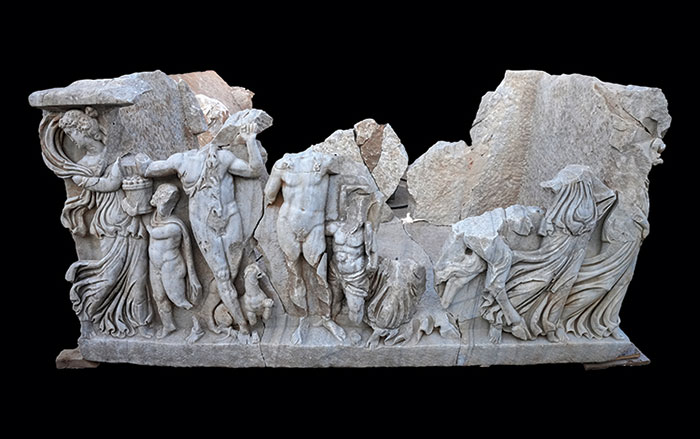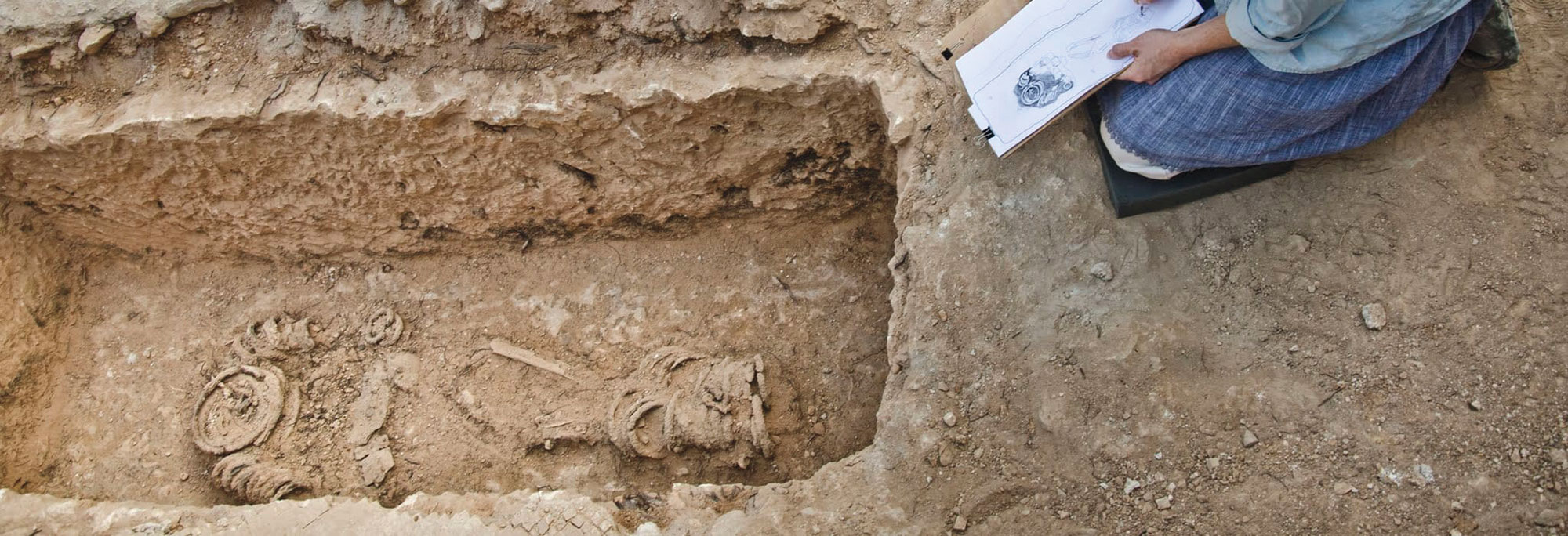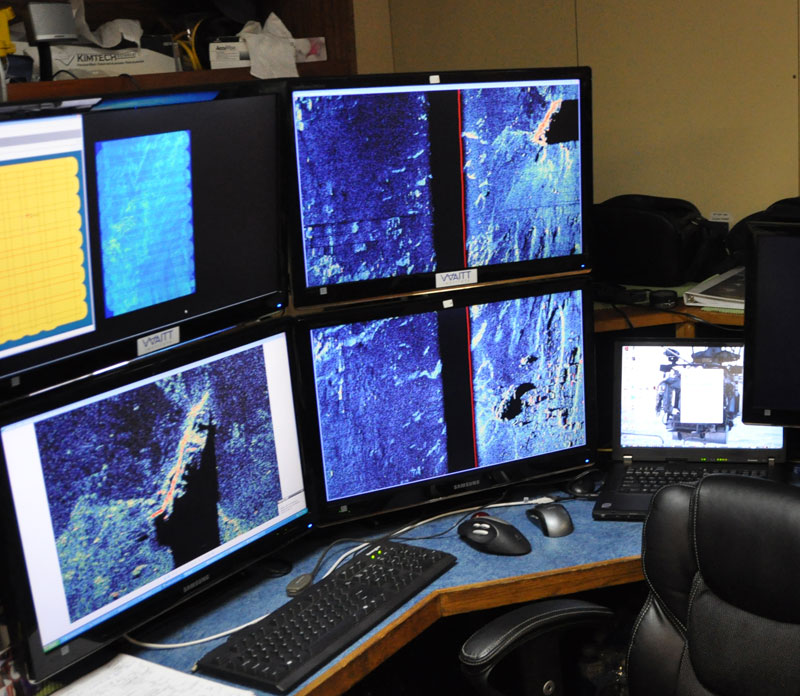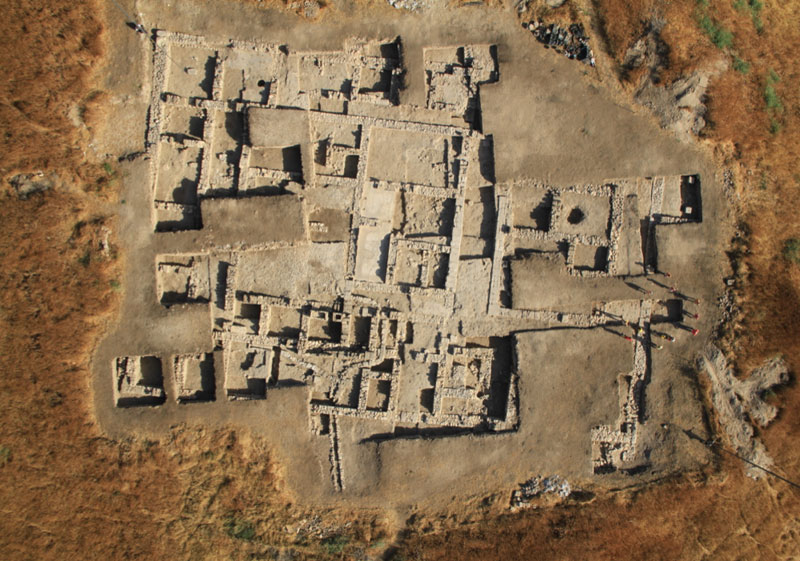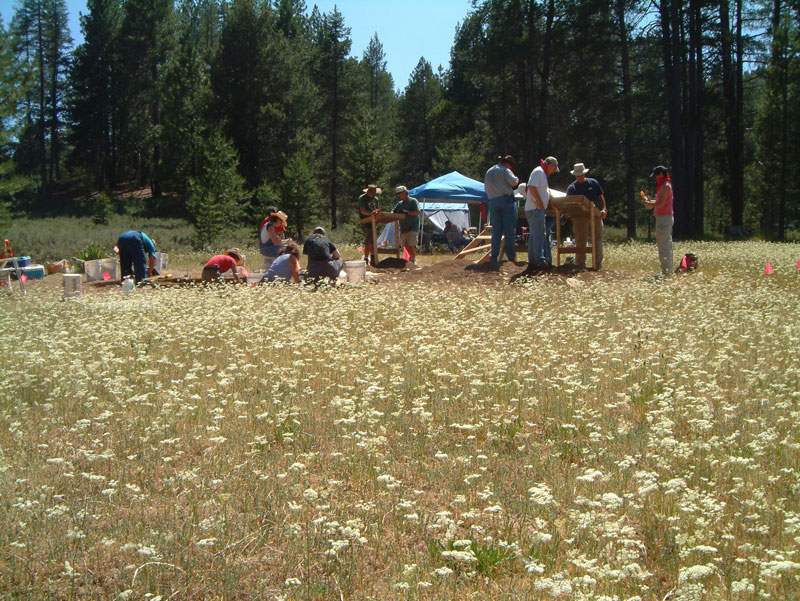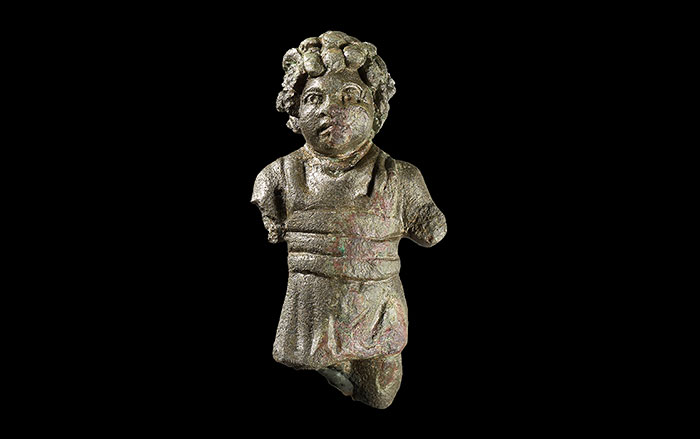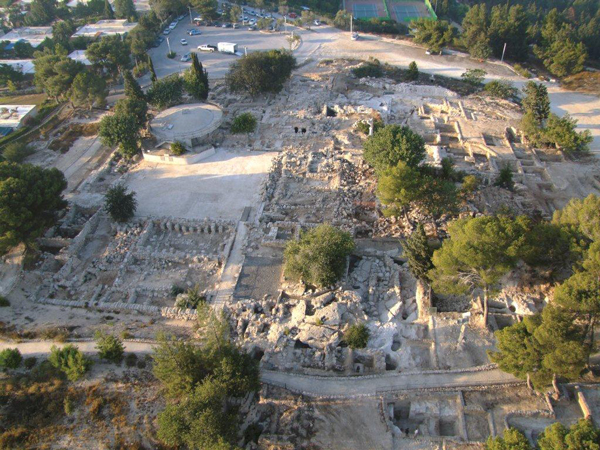
Scientists have re-created an ancient royal garden on a hilltop between Jerusalem and Bethlehem, at a site known as Ramat Rahel. Using archaeological evidence and intact pollen grains discovered in the plaster lining of the 2,500-year-old garden's sophisticated irrigation system, researchers from Tel Aviv University reconstituted both the garden's layout and its unique collection of both local and imported vegetation, including willow, poplar, birch, myrtle, water lilies, grape vines, figs, olives, Lebanese cedars, Persian walnuts—and citron, which first appeared in the Middle East at this site. "The whole garden is an enigma—no one really knows who built it," project leader Yuval Gadot says. He adds that this Iron Age palace, which perhaps represented the Assyrian, Babylonian, and Persian imperial presence in Jerusalem, is the only such structure uncovered in Judea, and that, so far, the Ramat Rahel site is the only garden to have been excavated in the Levant.


